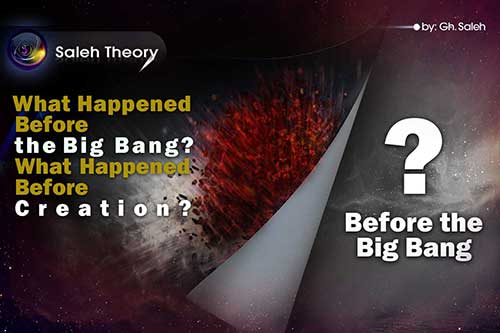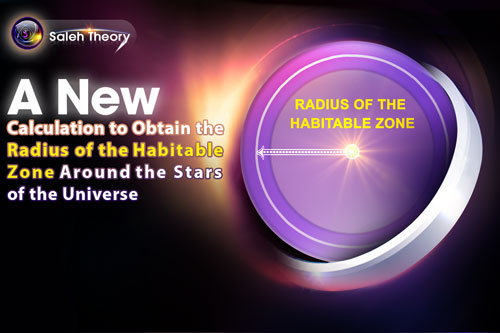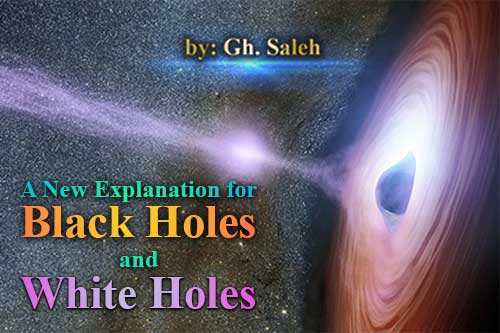
What Happened Before the Big Bang? What Happened Before Creation?
The Big Bang is a real and actual phenomenon, not just a theory or proposal, because linear and rotational motion equations are valid in this phenomenon. In other words, the Big Bang is a phenomenon in which physical and mathematical equations have existed, do exist, and will exist. This phenomenon is so strong that Hubble's law can be seen in it, and this law proves that there is a rotational motion in the universe and everything has been rotating around the center of the Big Bang since the beginning of the Big Bang. [1,2]
Just as physical and mathematical laws apply on Earth, physical and mathematical laws also apply in the universe whose the Big Bang phenomenon is as its mother. In fact, the Big Bang phenomenon is real, actual, predictable and concludable, modelable, designed, patterned, etc. It should be noted that just as a planet revolves around its star and a star revolves around the center of its galaxy, etc. and this is a repeatable movement, the Big Bang phenomenon is also a reversible and repeatable phenomenon and is in a state of back and forth movement. In fact, it can be said that the Big Bang phenomenon has a beginning, an end and a lifespan like a star. Stars are born, die and new stars are created and the process repeats. And also, like the seasons on Earth those come and go and repeat. In fact, it can be said that the Big Bang begins, reaches the end, and returns again. It starts to grow from a small point in space, it reaches a final huge orb, and again it has a reversible movement that returns to the initial point. According to mathematical and physical calculations, it can be said that approximately five periods of the Big Bang phenomenon have occurred in our universe so far. [3,4]
On the other hand, every phenomenon in the universe has a lifespan. Like sub-atomic particles, which have a lifespan of about 1018 to 1020 years, if the Big Bang phenomenon has a lifespan of about 40 billion years from the beginning to the end, it can be said that the lifespan of the Big Bang in comparison with the actual lifespan of particles, it is no more than a spark. [3,4]
In fact, the lifespan of the Big Bang phenomenon is about one billionth of the lifespan of fundamental particles. Therefore, although approximately 14 billion years have passed since the beginning of the Big Bang, there have been billions of years before this phenomenon.

In other words, just as the age of the universe after our Big Bang can be considered billions of years (a×109) , the time before the Big Bang can be also considered as (b×109) years.
For example, the Milky Way galaxy has an age of about six billion years, which means that such a galaxy did not exist in the seven to eight billion years ago, but it is visible and exists in our time.
The Big Bang is also a phenomenon that, if it has had a lifetime of about 14 billion years, we should not see this phenomenon before it (15 billion years or more), but it is a result of the previous phenomenon before it.
In fact, it can be said that the Big Bang is a real phenomenon that has been created from the previous phenomenon before it, just like galaxies that are created due to the phenomena before them and continue their life path.
Result:
The Big Bang phenomenon is a real and actual phenomenon in the universe that has been created as a result of the previous phenomenon before it.
This phenomenon:
- Is nothing more than a mere spark with respect to time before and after it
- Is nothing more than a small point within infinite space
- Is nothing more than a tiny spot amidst the entire mass of existence (in terms of mass quantity)
Specifications of the Big Bang in terms of physical dimension:
T: The lifespan of the Big Bang is no more than a spark
L3: In terms of volume, it is no more than a point compared to the infinite space
M: In terms of the possible mass of entire existence, it is nothing more than a tiny spot
An example for better understanding:
Every region on the surface of the Earth is no more than a point on the Earth, and similarly, the Earth in the Solar System is no more than a point. The Solar System in the Milky Way galaxy is no more than a point, and the Milky Way galaxy in the universe is no more than a point. And the universe, in the possible existence, is no more than a point.
References:
[1]Saleh, Gh., “Sphericity and rotation of the universe and the Hubble's law”, 2022.




